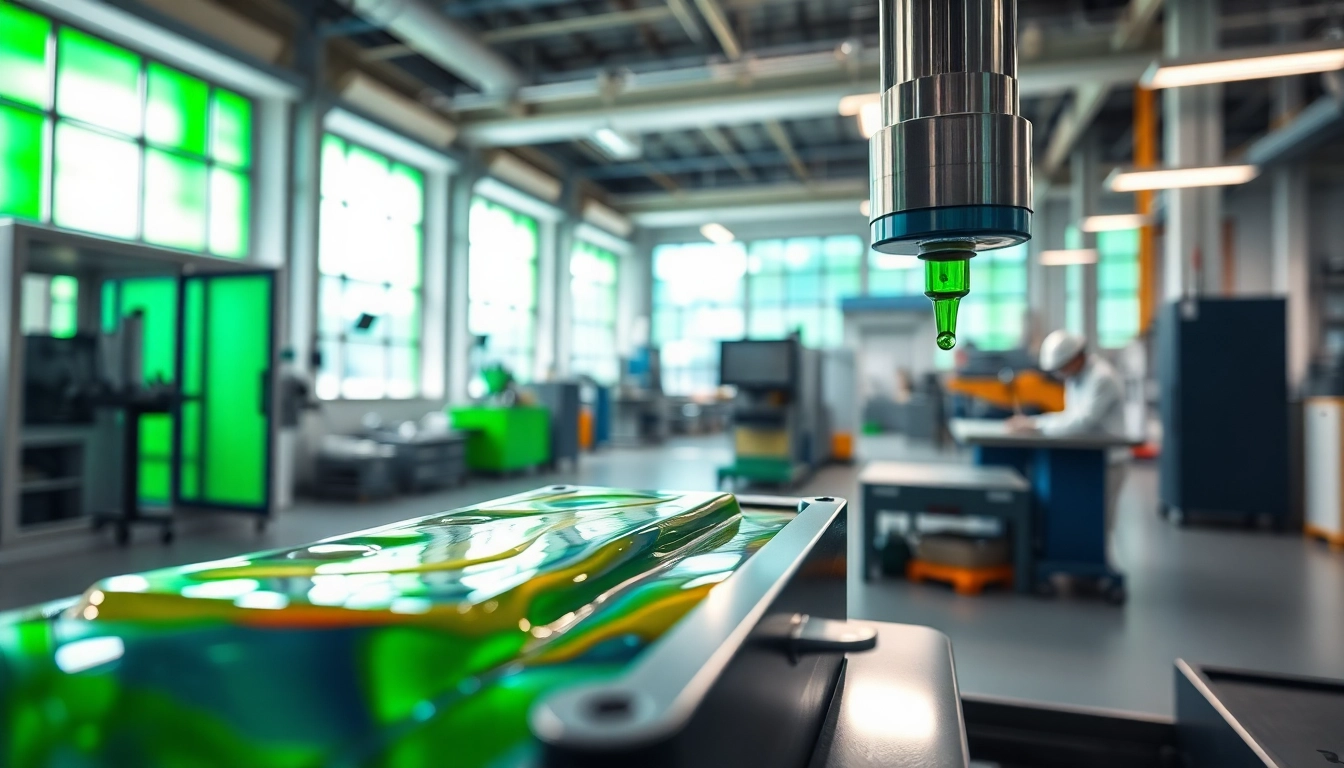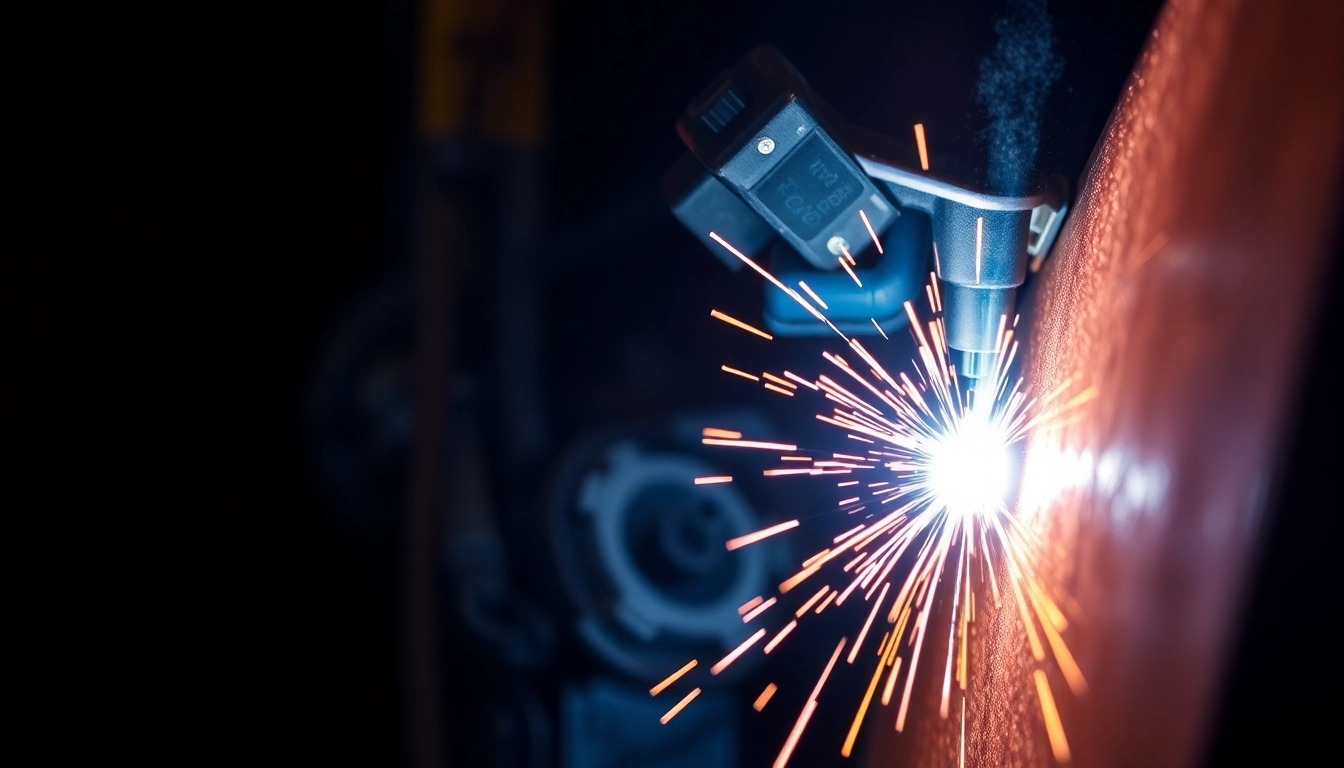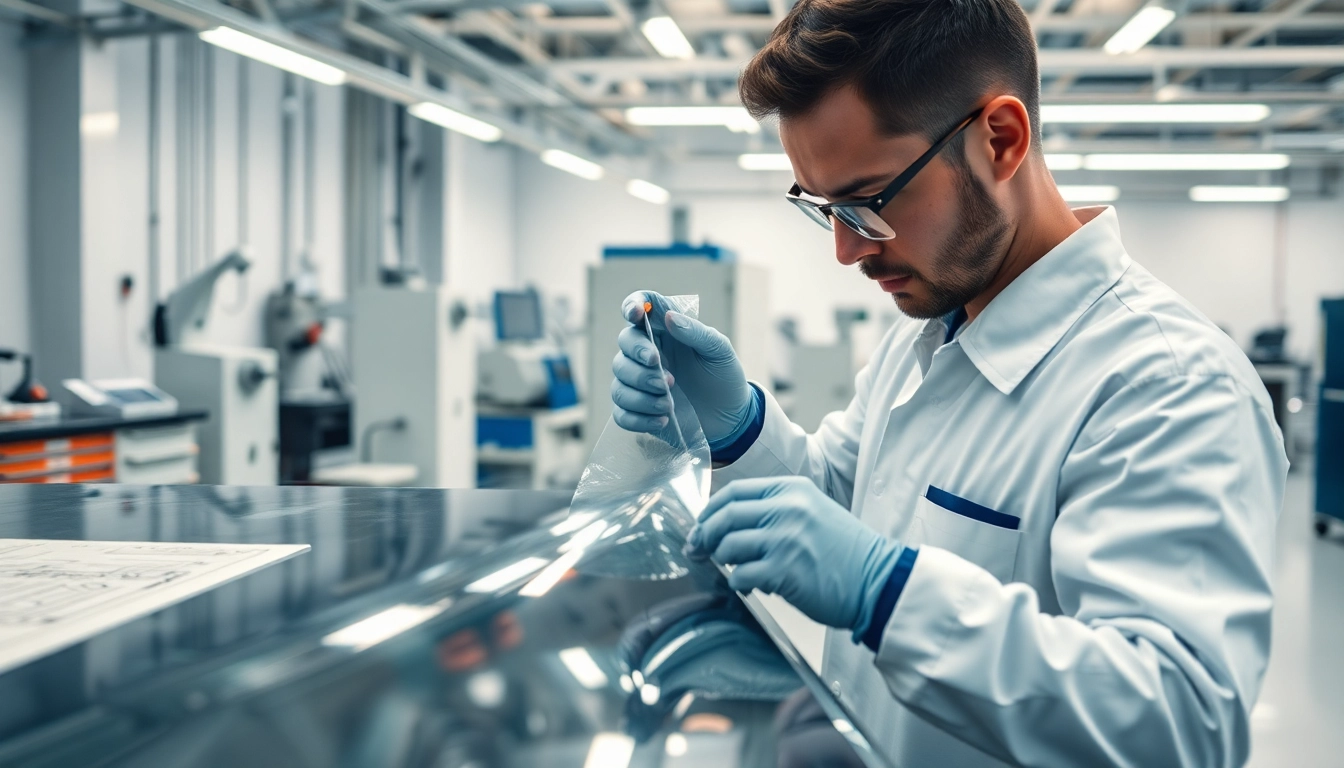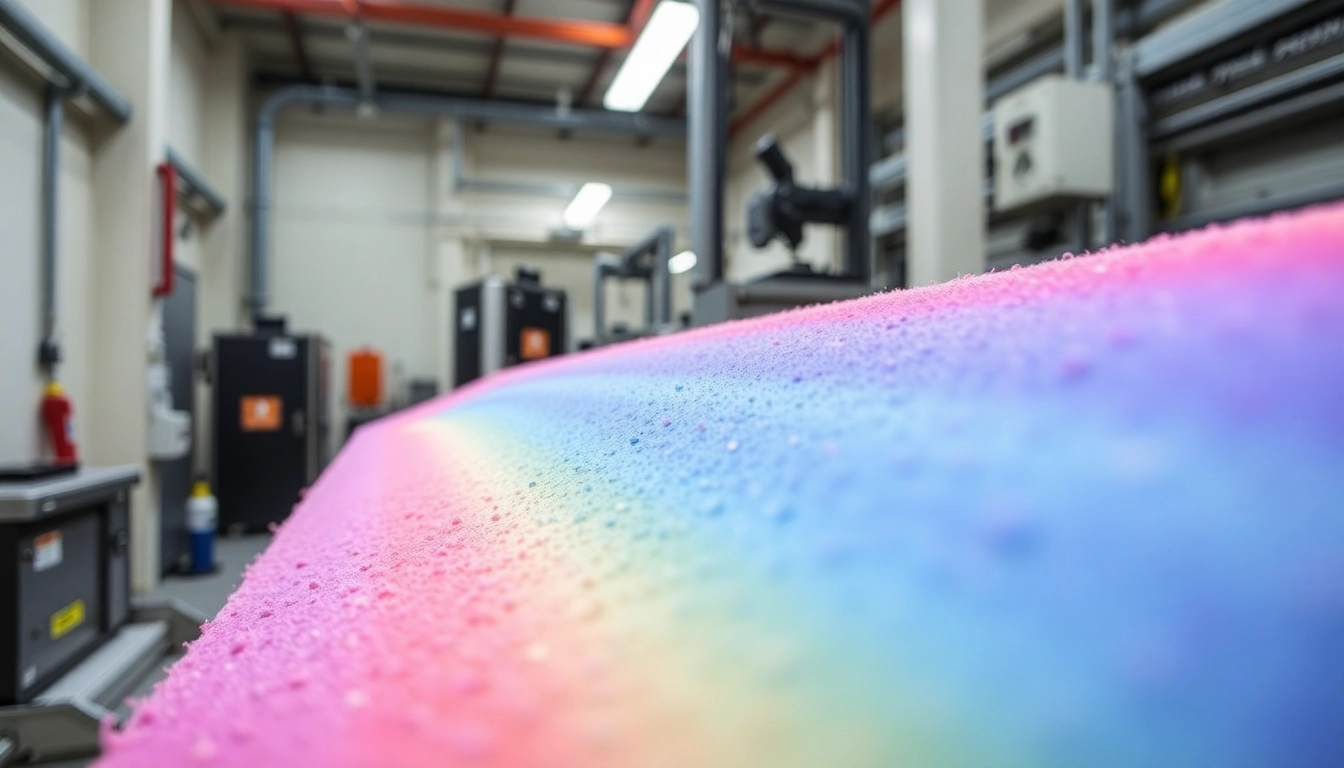Understanding Infusion Resins
In the world of composite manufacturing, infusion resins are a critical component for creating lightweight yet strong materials. These resins play a vital role in various applications, particularly in industries like aerospace, automotive, and marine. Infusion resins are specifically designed to optimize the infusion process by enabling effective penetration and bonding with the reinforcing fibers. By utilizing infusion resins, manufacturers can achieve superior mechanical properties and aesthetic qualities in their composite structures.
What are Infusion Resins?
Infusion resins are low-viscosity resin systems designed for the resin infusion process, also known as vacuum infusion. This technique involves creating a vacuum to remove air from a mold, allowing the resin to flow smoothly into the fiber layup. The key characteristics of infusion resins include their ability to wet out the fibers effectively, controlled viscosity, and tailored curing properties. These properties make infusion resins ideal for large composite parts where traditional resin injection wouldn’t suffice.
Key Properties of Infusion Resins
Understanding the properties of infusion resins is essential for selecting the right type for your application. Some key properties include:
- Low Viscosity: Allows for better penetration into complex fiber architectures and reduces the risk of voids.
- Controlled Cure Times: Offers flexibility in manufacturing processes, allowing for adjustments based on environmental conditions.
- Mechanical Strength: Provides high mechanical performance, crucial for structural applications.
- Thermal Stability: Ensures that the resin can withstand the operational temperatures of the end product.
Benefits of Using Infusion Resins in Composites
Employing infusion resins in composite manufacturing presents numerous benefits. Some of these advantages include:
- Weight Reduction: Infusion resins enable the creation of lightweight components, essential for high-performance applications.
- Enhanced Mechanical Properties: Infusion processes help achieve superior strength-to-weight ratios, making them suitable for aerospace and automotive applications.
- Improved Surface Finish: The infusion method can yield a smoother surface finish, which is aesthetically desirable in visible applications.
- Cost-Effectiveness: Reduces material waste and improves production efficiency, leading to lower overall costs.
Types of Infusion Resins Available
Thermosetting vs. Thermoplastic Infusion Resins
Infusion resins can generally be categorized into thermosetting and thermoplastic types. Each category has distinct characteristics that suit specific applications:
- Thermosetting Resins: These resins undergo a chemical reaction during curing, resulting in a rigid structure. They are typically used in high-performance applications due to their excellent mechanical properties and thermal stability.
- Thermoplastic Resins: These resins can be remolded and reshaped upon heating, providing flexibility and ease of processing. They are advantageous for applications requiring repairs or modifications.
Low-Viscosity Infusion Resins Explained
Low-viscosity infusion resins are specifically engineered to optimize the infusion process. Their fluid characteristics enable them to penetrate tightly packed fibers, ensuring complete wet out. This property is particularly crucial in complex structures, where traditional resins may struggle. They also help minimize the risk of air bubbles or voids, significantly enhancing the quality of the finished part.
Specialty Infusion Resins for Unique Applications
Specialty infusion resins are tailored for specific needs. For example, some resins are formulated to be environmentally sustainable, using bio-based materials without compromising performance. Others may be engineered for high-temperature applications, offering superior thermal resistance crucial in aerospace or automotive components. The availability of customized formulations allows manufacturers to address the particular challenges of their respective industries effectively.
Application Techniques for Infusion Resins
Preparing the Infusion Process
Successful infusion processing begins with meticulous preparation. This phase involves selecting the right infusion resin, mold preparation, and ensuring proper airflow and vacuum levels. The fiber layup must also be designed to allow suitable pathways for the resin, optimizing flow and minimizing the risk of dry spots.
Step-by-Step Guide to Infusion Technique
- Mold Preparation: Clean the mold surfaces thoroughly and apply a release agent to prevent adhesion of cured resin.
- Fiber Layup: Arrange and secure the reinforcement materials in the mold cavity, ensuring adequate overlap and coverage.
- Create Seal: Use tape or other sealing methods to ensure that the vacuum bag is airtight, preventing leaks during the infusion process.
- Connect Vacuum System: Attach the vacuum pump, ensuring it can consistently maintain the desired vacuum pressure.
- Inject Resin: Gradually introduce the infusion resin into the mold, monitoring the flow. Adjust pressure and resin volume as necessary.
- Cure and Demold: Allow sufficient curing time based on the resin specifications before demolding to ensure the part has reached adequate strength.
Common Mistakes to Avoid with Infusion Resins
Certain missteps can compromise the integrity of composite materials during the infusion process. Common mistakes include:
- Inadequate Vacuum Levels: Failing to achieve the correct vacuum can lead to air entrapments. Always ensure a solid vacuum before resin injection.
- Poor Mold Design: If the mold lacks appropriate resin path design, it can cause uneven wetting. Planning the mold layout is essential.
- Mixing Errors: Improperly mixing the resin components can lead to incomplete curing. Follow precise mixing instructions for optimal performance.
Performance Metrics of Infusion Resins
Measuring Strength and Durability
The strength and durability of composite parts made with infusion resins are paramount in evaluating their performance. Tests such as tensile strength, interlaminar shear strength, and impact resistance provide quantifiable metrics to assess a resin’s effectiveness. High-performance infusion resins will consistently demonstrate excellent mechanical properties that meet or exceed industry standards.
Assessing Clarity and Visual Quality
Aesthetics are critical in many applications, particularly in consumer-facing products. Clarity and surface quality can be assessed using visual inspection and gloss measurements. Infusion resins that produce a clear, high-gloss surface can significantly enhance the marketability of composite products.
Environmental Considerations and Sustainability Factors
As sustainability becomes increasingly important, selecting infusion resins with low environmental impact is essential. Resins formulated with bio-based materials or designed for recyclability contribute positively to an overall sustainability profile. Evaluating the lifecycle of infusion resins, from manufacturing to end-of-life disposal, helps in making informed decisions that align with environmental goals.
Future Trends in Infusion Resins Technology
Innovations in Material Science
The field of material science continuously evolves, leading to the development of advanced infusion resin formulations. Innovations such as nanotechnology and hybrid resins that combine the best properties of different materials are on the rise. These advancements promise to enhance mechanical properties, reduce weight, and improve the overall performance of composite materials.
Impact of Sustainability on Infusion Resins
Environmental consciousness is driving innovation within the resin industry. The shift towards sustainable infusion resins is becoming a priority, with manufacturers focusing on reducing carbon footprints and sourcing renewable raw materials. This trend will likely lead to the wider adoption of eco-friendly resins in various sectors.
Emerging Applications in Various Industries
Emerging technologies and industries are shaping new opportunities for the use of infusion resins. From renewable energy applications, like wind turbine blades, to automotive lightweighting and even 3D printing composites, the versatility of infusion resins is unlocking innovative solutions across sectors. The demand for custom applications will continue to fuel research and development, expanding the market for infusion resins.



